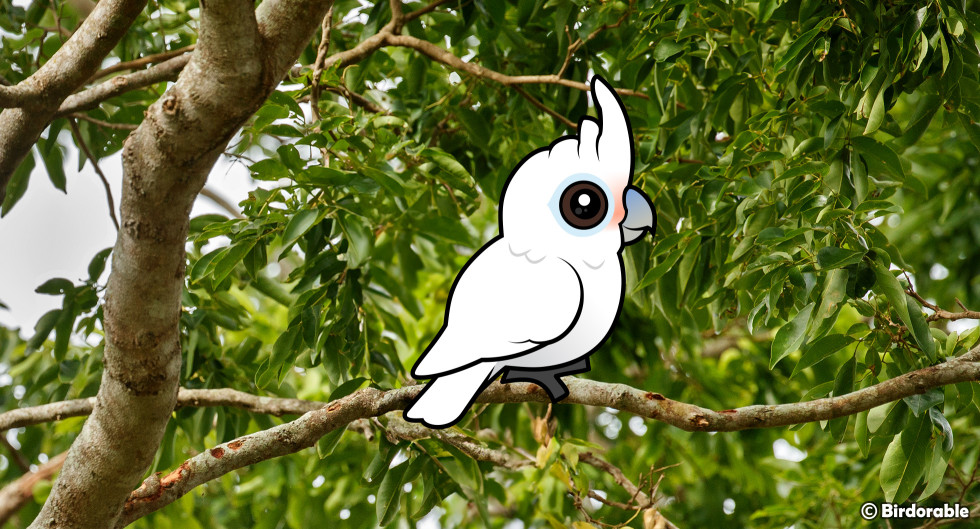The Bird with Many Names: Celebrating the Goffin's Cockatoo

In the ornithological world, a name is more than just a label; it's a key to a species' history, characteristics, and sometimes, its quirks in taxonomy. The Goffin's Cockatoo, also known as Goffin's Corella or the Tanimbar Corella, is a perfect example of this, with a nomenclature as rich and engaging as its personality. Since joining the Birdorable family in August 2009, this striking white bird has captivated enthusiasts with both its beauty and its unique story.
Native to the Tanimbar Islands in Indonesia, the Goffin's Cockatoo boasts a pristine white plumage contrasted with subtle touches of salmon-pink and light yellow under its wings. A popular bird in aviculture since the 1970s, it's hard to believe that it was only formally recognized by science in the year 2004. This late scientific description is a nod to the complexity and ongoing discovery within the world of ornithology.
The bird's journey from discovery to formal description is a tale of mistaken identity worthy of a detective novel. Although the German naturalist Otto Finsch first observed the bird in the 1860s, it was a case of mistaken identity that led to confusion with the Solomons Cockatoo. It wasn't until much later that the Goffin's Cockatoo was correctly identified as its own distinct species. This bird's name pays homage to Finsch's Dutch friend, Andreas Leopold Goffin, adding a personal touch to its scientific legacy.
Regardless of the name you choose to call it, the Goffin's Cockatoo remains a beloved member of the bird community. Its playful nature, intelligence, and affectionate demeanor make it a favorite among bird lovers. The Birdorable version of the Goffin's Cockatoo captures its adorable essence, with a cartoon-like representation that highlights the bird's charming crest and inquisitive eyes.













Comments
Be the first to comment
Thank you!